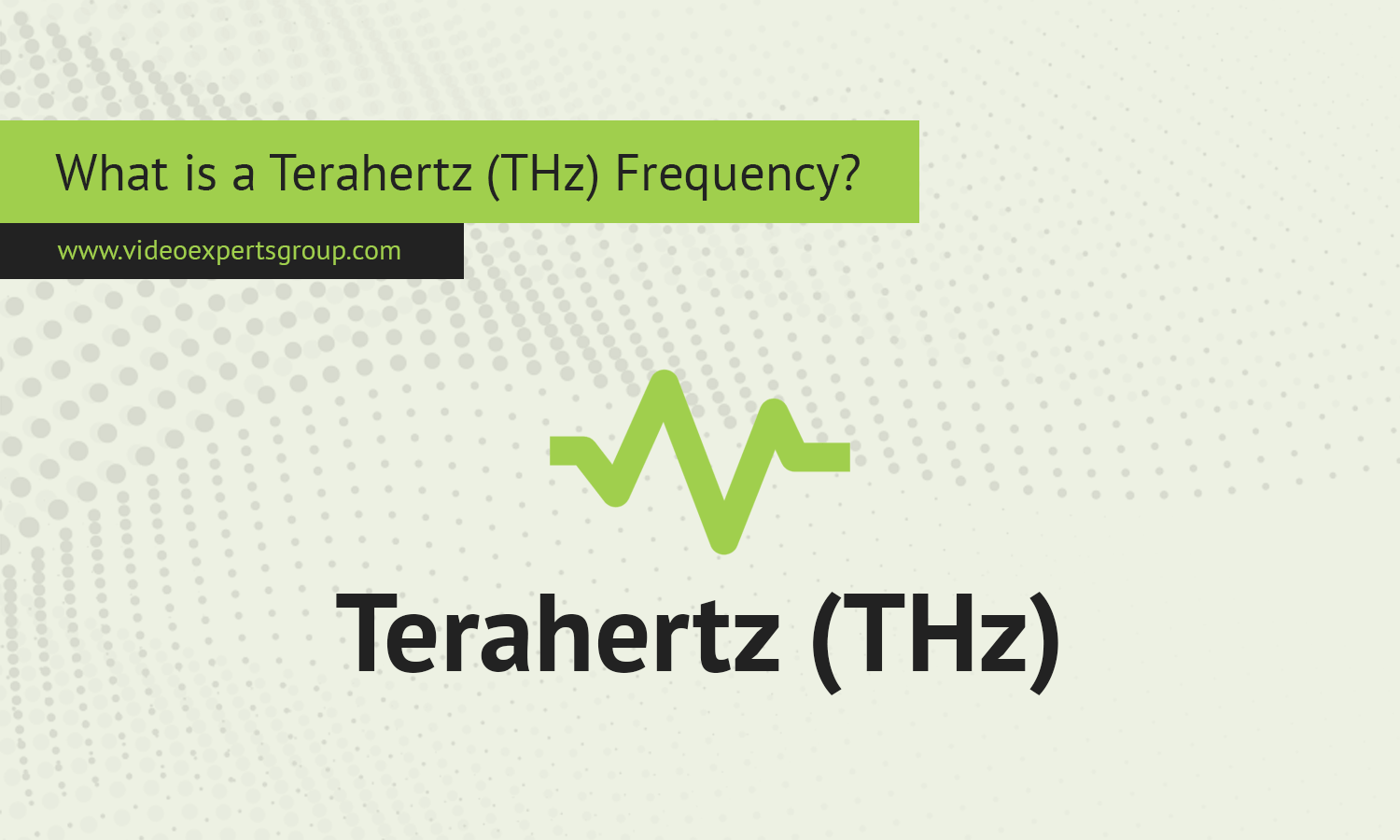Terahertz (THz) frequencies are becoming a focal point in cutting-edge technology, especially as we push the boundaries of wireless communication, imaging, and scientific research. The terahertz range sits between the microwave and infrared regions of the electromagnetic spectrum, offering exciting possibilities in fields like medical imaging, spectroscopy, and ultra-fast wireless data transfer. While still in the early stages of practical application, THz frequencies hold enormous potential for the future. This article will explain what terahertz frequency is, its uses, and provide examples of THz in action, as well as answering some common questions.
Meaning
A terahertz (THz) is a unit of frequency that represents one trillion hertz (Hz), or one trillion cycles per second. This measurement is part of the electromagnetic spectrum and occupies the frequency range from 0.1 THz to 10 THz. Specifically:
1 THz = 1,000,000,000,000 Hz (1 trillion Hz)
Terahertz frequencies sit between microwaves and infrared light on the spectrum, meaning their wavelengths are shorter than microwaves but longer than infrared light. These frequencies are often referred to as submillimeter waves because their wavelengths range from 0.03 mm to 3 mm. Terahertz waves are unique because they have properties of both light (high frequency) and radio waves (penetrative), making them suitable for a variety of applications.
Usage
Terahertz frequencies are not yet as widely used as lower frequency ranges (like GHz), but they have significant potential for a variety of scientific and technological applications. Some of the key areas where THz is being explored include:
-
Medical Imaging: Terahertz radiation is non-ionizing, which means it does not carry enough energy to damage biological tissue the way X-rays can. This makes THz an attractive option for safe medical imaging, especially for detecting skin and breast cancers, where high-resolution images are required without the risk of radiation exposure. Terahertz imaging is also being developed for use in dentistry and tissue monitoring during surgery.
-
Security Scanning: THz waves can penetrate through materials like fabric, paper, and plastic, but they are absorbed by water and metals, making them useful in security applications. Terahertz scanners can detect weapons or contraband concealed under clothing without harmful radiation, offering a safer alternative to traditional X-ray scanning systems in airports and other high-security environments.
-
Wireless Communication: THz frequencies offer the potential for ultra-high-speed wireless communication systems. These frequencies can support data transfer rates far beyond what is possible with GHz technologies, opening up possibilities for next-generation wireless networks (sometimes referred to as 6G). However, THz waves have shorter ranges and are more easily absorbed by the atmosphere, so research is ongoing to overcome these limitations.
-
Spectroscopy: THz spectroscopy is used in chemical and material analysis. Because many molecules have unique absorption lines in the terahertz range, THz spectroscopy can identify chemical compositions, detect hidden substances, or analyze the structure of materials. This application is particularly important in industries like pharmaceuticals, where THz can be used for quality control and monitoring during production.
-
Astronomy: In astronomy, terahertz frequencies allow scientists to study the cold and distant regions of space, such as interstellar gas clouds and star-forming regions. Observing these regions at THz frequencies can provide information about the early stages of star formation and the structure of galaxies.
-
Non-Destructive Testing (NDT): Terahertz waves can penetrate non-metallic materials without damaging them, making THz technology useful for inspecting materials in industries such as aerospace, manufacturing, and construction. It can detect structural defects in materials like ceramics, composites, and polymers, offering a powerful tool for quality control.
THz Examples
Here are some examples of how terahertz frequencies are applied in different fields:
-
Medical Imaging:
- Terahertz imaging can be used to detect early signs of skin cancer without invasive procedures. Researchers are developing THz-based scanners that provide high-resolution images of tissue, making it easier to differentiate between healthy and cancerous cells.
-
Airport Security:
- THz scanners are being tested for use in airport security systems. Unlike X-rays, THz waves are harmless to passengers but can detect hidden weapons or explosives, providing a safer alternative for scanning without exposing individuals to radiation.
-
Wireless Communication:
- Early-stage research is exploring the use of terahertz frequencies for wireless communication systems that could achieve data rates up to 100 Gbps or higher. This technology may be a key component of future 6G networks, enabling applications like real-time virtual reality, holographic communication, and ultra-fast data streaming.
-
Astronomical Observations:
- Terahertz telescopes, like those mounted on high-altitude balloons or satellites, are used to observe distant objects in space that emit radiation in the THz range. By studying this radiation, astronomers can learn more about the composition and temperature of interstellar clouds, galaxies, and the formation of stars.
-
Spectroscopy for Pharmaceuticals:
- In the pharmaceutical industry, THz spectroscopy can be used to analyze the composition of drugs and detect contaminants during production. This technology ensures that medications meet quality and safety standards by analyzing the molecular structure of the materials used.
FAQ
Terahertz (THz) frequency represents a new frontier in technology, with applications spanning from medical imaging to wireless communication and beyond. As research and development continue, THz technology promises to deliver safer, faster, and more efficient solutions for a variety of industries, making it an essential component of the future of science and technology.
















